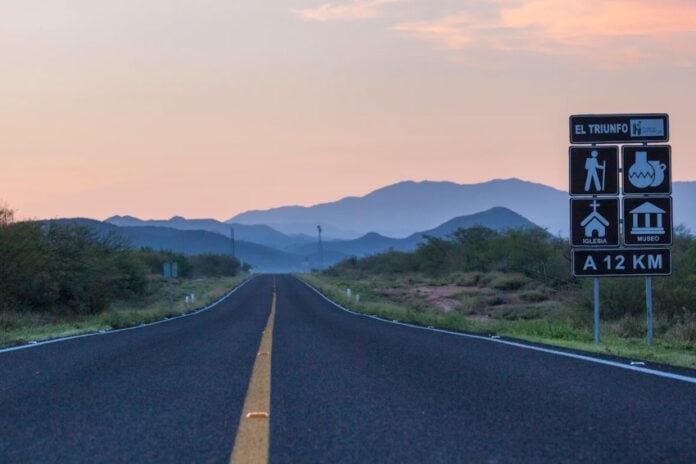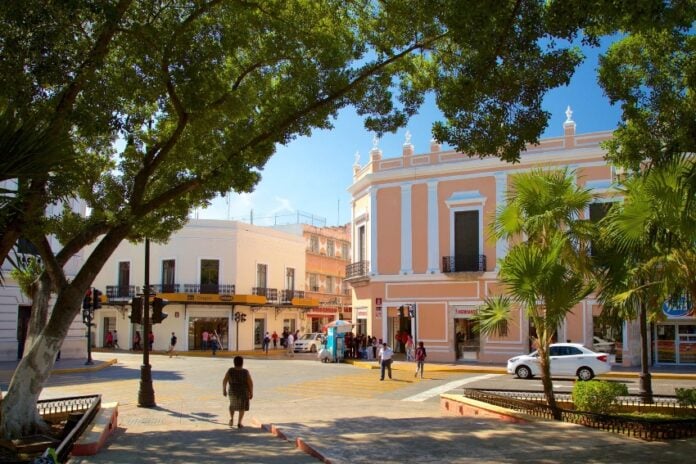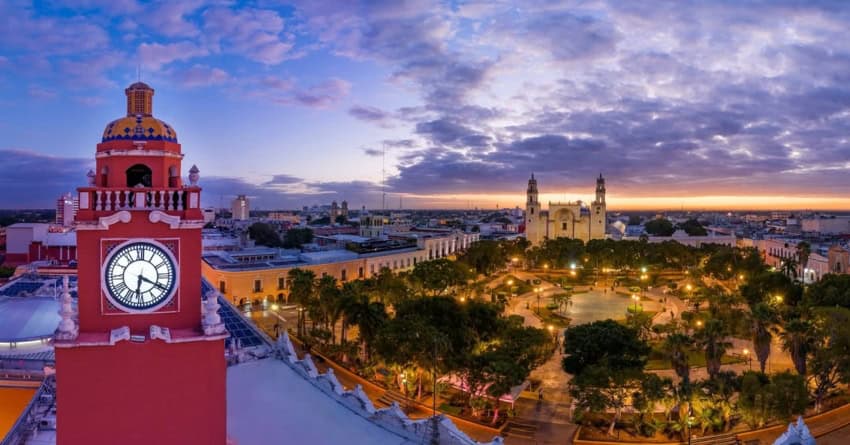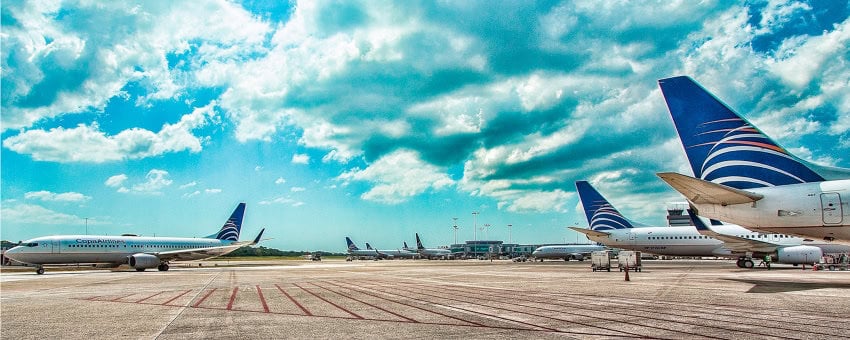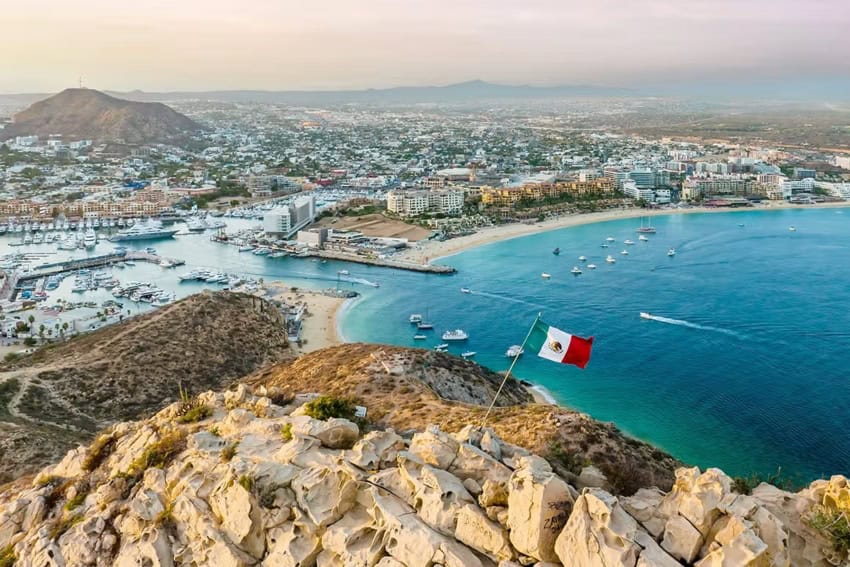The first thing you should know about driving through Mexico is that it’s not for the faint of heart, but it is for the weak of GPS signal.
You’ll start your journey confidently, map illuminating your screen, playlist cued, and snacks within reach, and within ten minutes, you’ll be questioning both your sense of direction and your life choices.
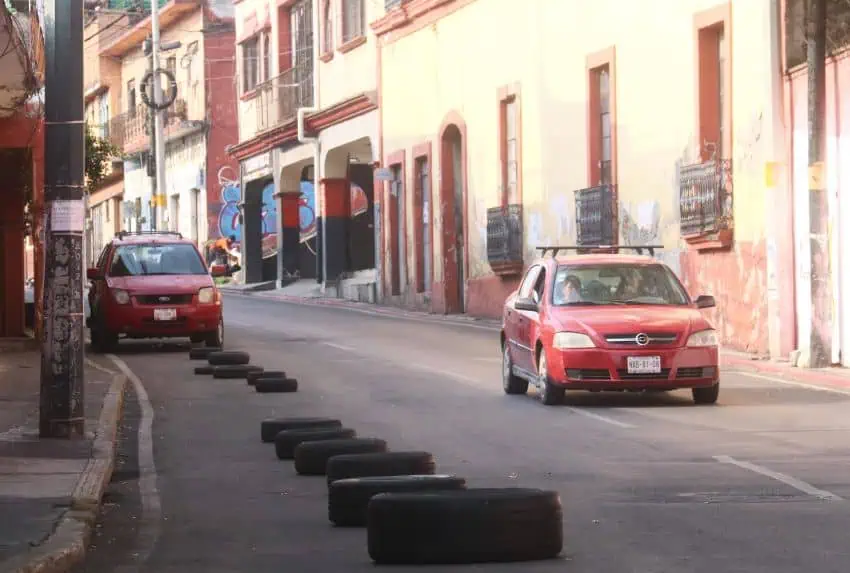
But then, just as you’re about to curse every tope in existence, the road opens up, the mountains unfold like origami and you remember why you came: the scenery, the surprises and the sense that you’re in on one of travel’s best-kept secrets.
Mexico: One nation, countless climates
Mexico, for all its fame as a beach paradise, is a country that rewards those who hit the road and look inland. Behind the all-inclusive resorts and tourist buses lies a country that’s vast, unpredictable and breathtakingly diverse.
It’s not just sand and surf. It’s cloud forests, mountains, deserts that glow like copper at sunset and colonial towns painted every shade of dream. And the best way to experience it? Two to four wheels, a questionable sense of direction and a playlist that swings from mariachi to indie rock to awkward silence as you lose signal somewhere in the great unknown.
Let’s start with the highways, or carreteras, as they’re called here. They’re not just roads, they’re storylines. One minute you’re cruising along the Pacific coast, where palm trees wave like lazy bystanders; the next, you’re winding through misty pine forests that smell like Christmas and adventure.
Mexico’s geography is so dramatic, it feels almost unfair. How can one country have turquoise water and golden beaches, high-altitude deserts and jungle valleys all within a day’s drive?
Take the drive from Puerto Vallarta to Guadalajara, for example: On paper, it’s about three and a half hours. In reality, it’s a roller coaster designed by Mother Nature herself. The road twists and climbs through the Sierra Madre mountains, offering views that make you forget how car-sick you’re getting. You’ll stop not because you want to, but because you have to — either to snap a photo or to breathe deeply and remember you’re not in a “The Fast and the Furious” movie.
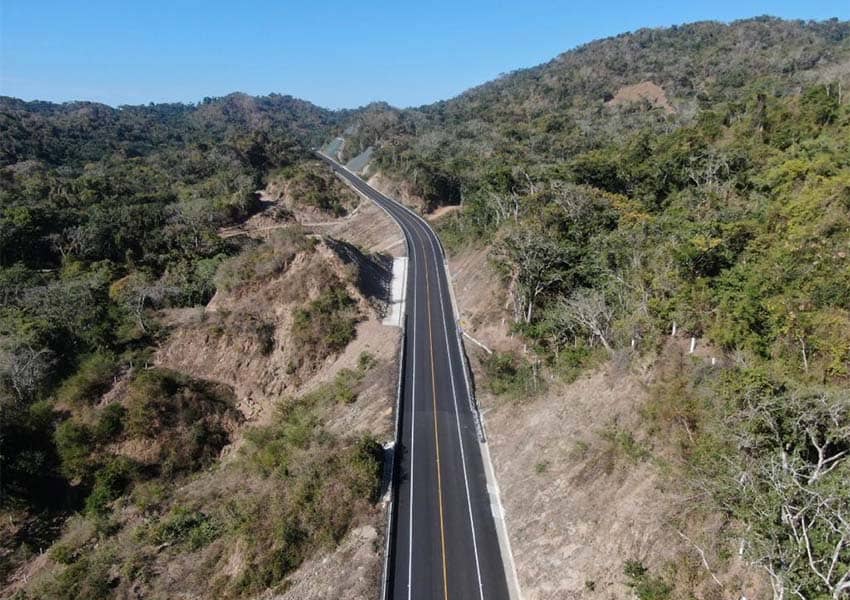
Somewhere along the way, a roadside stand will appear, selling roasted corn with lime and chili. Suddenly, you’ll realize you’re exactly where you’re supposed to be.
A beautiful, chaotic rhythm
Driving in Mexico is a bit like dancing. There are rules, of course, but most people seem to be improvising. Speed limits are suggestions. Lane markings are decorative. Stop signs are treated more as polite requests than legal mandates. Yet, it works. Somehow, everyone moves in this beautiful, chaotic rhythm that only makes sense once you’re part of it.
You’ll learn quickly that the topes (speedbumps) are large enough to qualify as geological features, and that they’re Mexico’s true traffic police. Hit one without slowing your speed and you’ll be launched into an existential crisis, and possibly a lower tax bracket if your suspension breaks.
And don’t be surprised when a semitruck flashes its left blinker. It won’t be to turn but to signal you that it’s safe to pass. It’s unnerving at first, but strangely courteous once you get the hang of it.
The unwritten rule is simple. Stay alert, stay flexible and always assume the next curve hides either a herd of goats, a mountain view or both.
Crossing worlds
Driving across Mexico means crossing worlds. In the north, you’ll find vast stretches of desert where cacti stand like patient philosophers and the sun turns the horizon into molten gold. You’ll pass through towns that look half abandoned, only to find the world’s best tacos being sold from a stand that appears out of nowhere. The landscapes here don’t whisper, they roar. There’s something about the desert here that strips you down to your essentials.

Then, as you move south, the colors start to change. The air thickens, the greenery multiplies and, suddenly, you’re driving through what feels like a living postcard. You’ll find yourself in a maze of jungles, waterfalls and tiny villages, where time moves at its own pace. You’ll drive past women in traditional dresses carrying baskets of fruit, past kids playing soccer barefoot in the street and past views that could humble even the most seasoned traveler. Every kilometer is a reminder that Mexico isn’t one country, it’s a thousand small worlds stitched together by roads, maps and food.
Finding the beauty in the unexpected
Let’s talk about the real joy of driving: eating. In Mexico, road trips are basically a culinary pilgrimage.
Forget gas stations with sad sandwiches. Here, you’ll find roadside stalls serving gorditas stuffed with beans and cheese, sizzling quesadillas made on comales blackened by decades of use and fresh coconuts cracked open right in front of you. Every stop is an invitation to taste something new and meet someone interesting.
There’s a rhythm to it. You drive for an hour or two, pull over at a stand that smells incredible, eat something you can’t pronounce, and chat with locals who are both amused and impressed that you’re driving “so far.” By the time you get back in the car, your hands smell like lime and grilled corn, your stomach is full and you’re already scanning for the next stand.
The best part about driving through Mexico isn’t the destination, it’s the detours. It’s the unplanned stops at crumbling churches hidden in mountain towns, or the spontaneous trails through nature you find by accident. It’s the moment you realize you’ve been listening to the same five songs on repeat because you lost cell signal three hours ago and don’t even care anymore.
From charming Pueblos Mágicos to disappearing roads
You’ll stumble upon Pueblos Mágicos designated for their charm, and you soon realize the name isn’t an exaggeration. San Cristóbal de las Casas, Valle de Bravo, Real de Catorce. Each feels like stepping onto a movie set where history never quite ended. And while tourist guides tell you which ones to visit, the truth is that every little town in Mexico has a kind of magic, if you give it time.
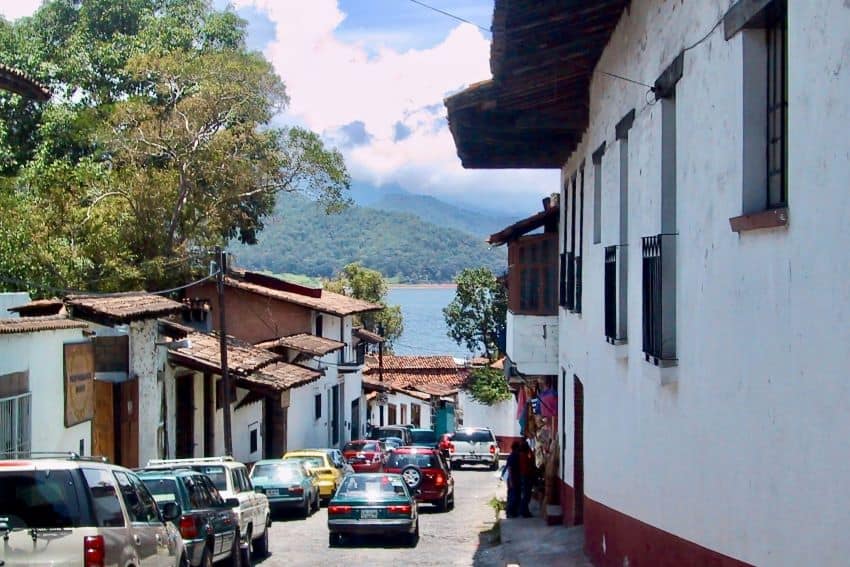
Of course, not every moment is postcard perfect. Sometimes the road disappears entirely (thanks, rainy season). Sometimes you’ll get stuck behind a herd of cows or you’ll hit a detour that sends you 40 kilometers the wrong way. But that’s part of the charm. Mexico teaches you to let go of control, to laugh when plans fall apart and to find beauty in the delay.
Savoring the in-between
There’s a kind of freedom in the understanding that travel isn’t about getting there fast, it’s about savoring the in-between. It’s about learning that “five hours” in Mexico time can mean seven, and that’s okay because, somewhere along the way, you’ll find a roadside waterfall or a guy selling mangoes or a view so perfect you’ll pull over just to sit and stare.
By the time you’ve driven across Mexico, your car will be dusty, your playlist overplayed, and your heart absolutely full. You’ll have seen more shades of blue than you thought existed, from the Caribbean coast to the highland skies. You’ll have eaten meals that make you reconsider everything you thought you knew about tacos. And you’ll have learned that the real Mexico isn’t just found at the beach, it’s found on the road between here and there.
The magic of driving through Mexico isn’t in the mileage. It’s in the way the country unfolds slowly, like a song that keeps surprising you. It’s in the laughter of roadside vendors, the endless mountains and the way every wrong turn somehow leads to the right place.
Some driving advice
Mexico rewards adventurous drivers, but it also favors the smart ones. The golden rule? Stick to driving during the day, as those sunlit hours are your best friend, turning winding roads and surprise topes into something you can actually see coming.
Springing for the toll roads in more unknown areas is worth every peso, too. They’re smoother, safer and far more predictable than their free-road cousins. Keep your tank full and your GPS downloaded, and let someone know your route if you’re heading somewhere remote.

If you can do all that, while also trusting your instincts, you’ll soon discover that driving through Mexico isn’t just safe, it’s one of the most beautiful, soul-filling ways to wander.
Charlotte Smith is a writer and journalist based in Mexico. Her work focuses on travel, politics, and community. You can follow along with her travel stories at www.salsaandserendipity.com.
